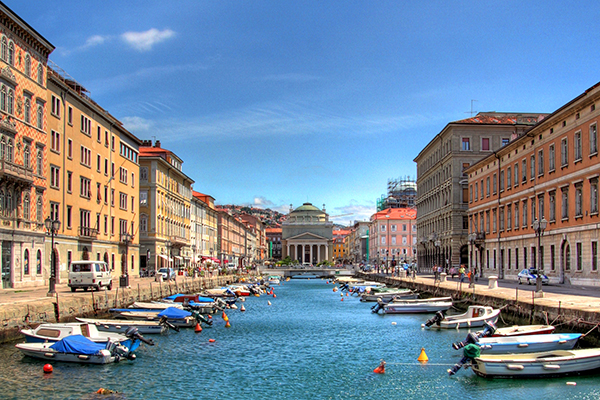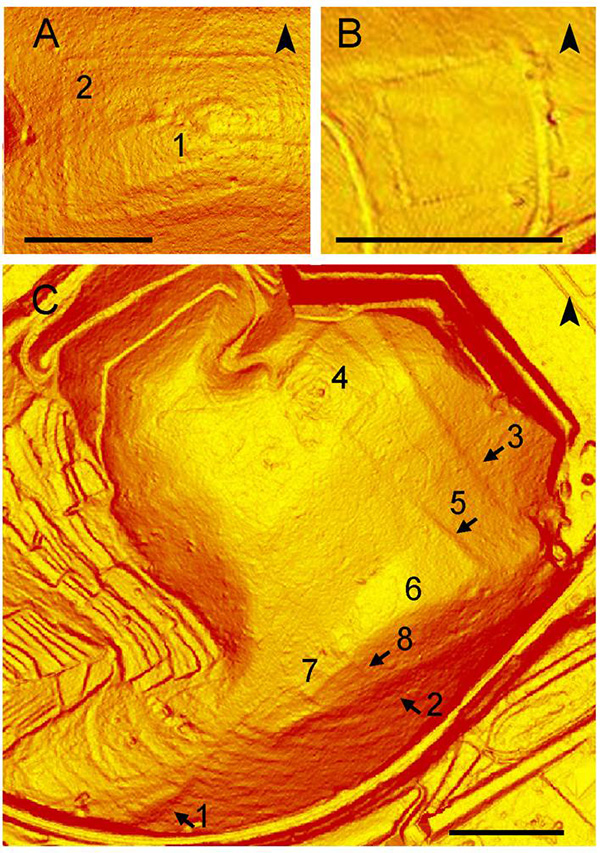March 17, 2015
Exploring the origin of Trieste, Italy
A Roman military camp flanked by two minor forts and likely built in 178 BC may have provided the foundation for the first settlement of Tergeste, the ancestor of Trieste in Italy, a study suggests.

Trieste in Italy. Photo: Scott Ingram | Flickr
A Visiting Professorial Fellow in UOW's Centre for Archaeological Science, Professor Claudio Tuniz, has helped reveal the old military camp using airborne LiDAR (light detection and ranging) remote sensing.
Professor Tuniz was part of a research team whose findings have been reported in the latest US-based Proceedings of the National Academy of Sciences (PNAS). Professor Tuniz is a world-renowned expert in geochronology and other advanced physics methods in archaeological applications and co-author of the book Science of Human Origins.
Dr Federico Bernardini, a scientist of the Fermi Center and of the Abdus Salam International Centre for Theoretical Physics (ICTP) in Italy and colleagues used airborne LiDAR and archaeological surveys to assess the archeological landscape of the Trieste area, located near Italy’s Northeast border with Slovenia.
The authors discovered evidence for one of the earliest examples of Roman military fortifications, predating by decades the famous camps of Numantia, Spain.

The archeological sites. LiDAR-derived slope maps of Grociana piccola (A), Montedoro (B) and San Rocco (C). Numbers 1-8 indicate various structures of the Roman fortifications. Scale bars: 100 m. Source: Civil Protection of Friuli Venezia Giulia.
Numerous modern cities along the Mediterranean and through Western Europe developed from ancient Roman army camps. However, the fortifications discovered in the current study provide the only examples identified in Italy.
The main central camp, called San Rocco, includes an area wider than 13 hectares that was defended by wide ramparts and strategically located near the Bay of Muggia, a protected natural harbour of the northern Adriatic.
Evidence suggests that the Romans likely built San Rocco during the first year of the second Istrian War (178-177 BC), and that the camp’s chronology, position, and size match literary sources, suggesting it as the site of the first settlement of Tergeste, according to the authors.